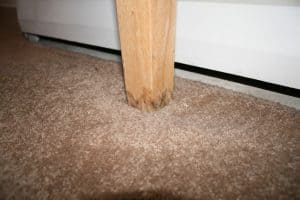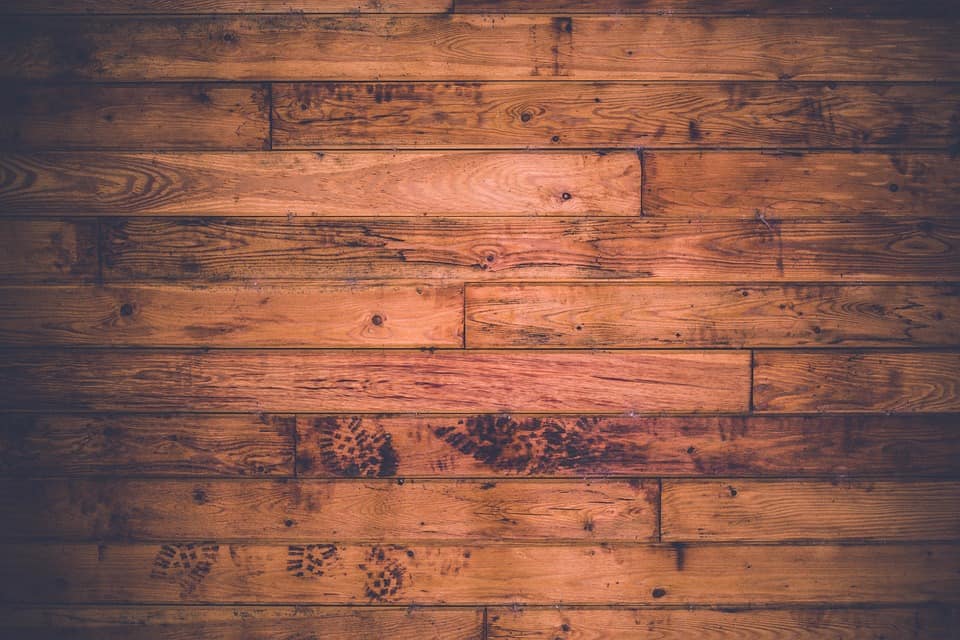Installing hardwood flooring in your home has a lot of advantages. Not only is it durable and easy to clean, but it has a classy, almost rustic look that carpeted surfaces seem to lack. A lot of people might say that installing hardwood floor is an easy task as well. In some ways, they’re right. The process of installing a hardwood floor or any kind of tiled flooring usually involves laying boards or tiles on top of a subfloor. A subfloor is usually plywood or concrete, and it makes for a good solid foundation for your new hardwood or tiled floor. It does need to be prepared however, a task that some homeowners don’t realize is very important.
Why Preparing Your Subfloor is Important

As durable and versatile as a concrete subfloor can be, it can cause a lot of problems if it is damaged or is otherwise unprepared for hardwood flooring. Cracks, spilled paint and even dust and debris can all mar your new flooring and give it an uneven appearance. Any kind of damage will also become worse over time, and it will be a lot harder to fix it if you’ve already layered what is supposed to be a beautiful hardwood floor on top of it. A hardwood floor can increase the value of your home, but unsightly cracks or bulges will only have the opposite effect.
Tips for Preparing Your Subfloor
Preparing your subfloor should be a major part of any remodeling project that has to do with new flooring. Fortunately, it shouldn’t be as difficult as you might think. Most of your prep time will be spent cleaning the concrete and keeping it free of any dirt and debris. This can be done with a simple broom and dustpan, but you may want to use a vacuum capable of cleaning dust from a hard surface to make sure you catch everything. Any cracks you see will have to be filled in and leveled out. In fact, you should check to make sure that your subfloor is completely level before you proceed with putting down any kind of flooring. Any surfaces that aren’t level may call for more extensive remodeling than a new floor. You should have no more than 3/16 of an inch in height variation before you proceed.
Finally, if you aren’t completely sure your subfloor is worthy of a new layer of hardwood, contact a professional contractor to take a look at it. A flooring contractor will have the necessary tools and expertise to determine if a new hardwood floor is right for your home.
What If My Floor Is Damaged From Water
 Water damage can happen to your home for a number of reasons. A cracked foundation can mean a flooded basement, and holes in the roof can mean water damage from the top to the bottom. A washing machine that has bounced around too much over time might bump its exhaust hose out of the slot, and dishwashers, sinks, toilets, and showers can spill over sending water everywhere. Nature is no friend either, given that rainstorms and flooding creeks can saturate the ground around a home and even get into a home.
Water damage can happen to your home for a number of reasons. A cracked foundation can mean a flooded basement, and holes in the roof can mean water damage from the top to the bottom. A washing machine that has bounced around too much over time might bump its exhaust hose out of the slot, and dishwashers, sinks, toilets, and showers can spill over sending water everywhere. Nature is no friend either, given that rainstorms and flooding creeks can saturate the ground around a home and even get into a home.
All of these situations might put you in a place where you either using a water damage service company or about to. Getting someone in there quickly is essential to contain the situation and prevent mildew and mold from threatening the very structural integrity of your home. If this is the situation you are facing, then keep reading to learn 7 things you need to do:
1) Call your homeowner’s insurance provider: Depending on the cause of the water damage, your policy may or may not kick in. If it does, your process and life are going to be much simpler, given that you are probably going to be assigned a particular water damage service company rather than having to choose one. Also, they’ll pay for most if not all of the work done.
2) Possibly call your flood insurance provider: Many homeowner’s insurance policies won’t cover flooding issues if it was in fact a natural flood that impacts the entire property. You would need supplemental flood insurance for this, if it’s even available for your property.
3) Find out if you need to stay somewhere else: Sometimes, a home suffers so much damage that you and your family might have to stay in an entirely different residence while the home is being fixed up. In these cases, insurance coverage usually provides for temporary housing in an extended-stay facility.
4) Get an estimate of how long things will take: Knowing when your home will be fully yours again will determine everything from your budget and expenses to your social calendar. No estimate is ever a guarantee, but you should have some idea when ‘normal’ will return.
5) Figure out if some possessions might just be lost: Water damage sometimes ruins furniture and other possessions to the point of not being salvageable. Extraordinary efforts might be made for family heirlooms and anything priceless, but routine items might just get replaced.
6) Learn when to stay out of the way: If there’s danger present, or hazardous work, or even moist carpets that shouldn’t be worked on, it might be easier to just not be around.
7) See what you can do to help: Even if you can’t chip in specialized labor, showing up to bring tea and snacks to the work crew can brighten their day and get you on their good side.
Having a professional crew like 411waterdamage.com come in to try and salvage or restore your home is stressful enough, but it’s not as stressful as the initial water damage or the consequences you’d face if you didn’t call them in. If you are using a water damage service company in your home, use the 7 things you’ve learned here to expedite the process or at least minimize the stress of it.
